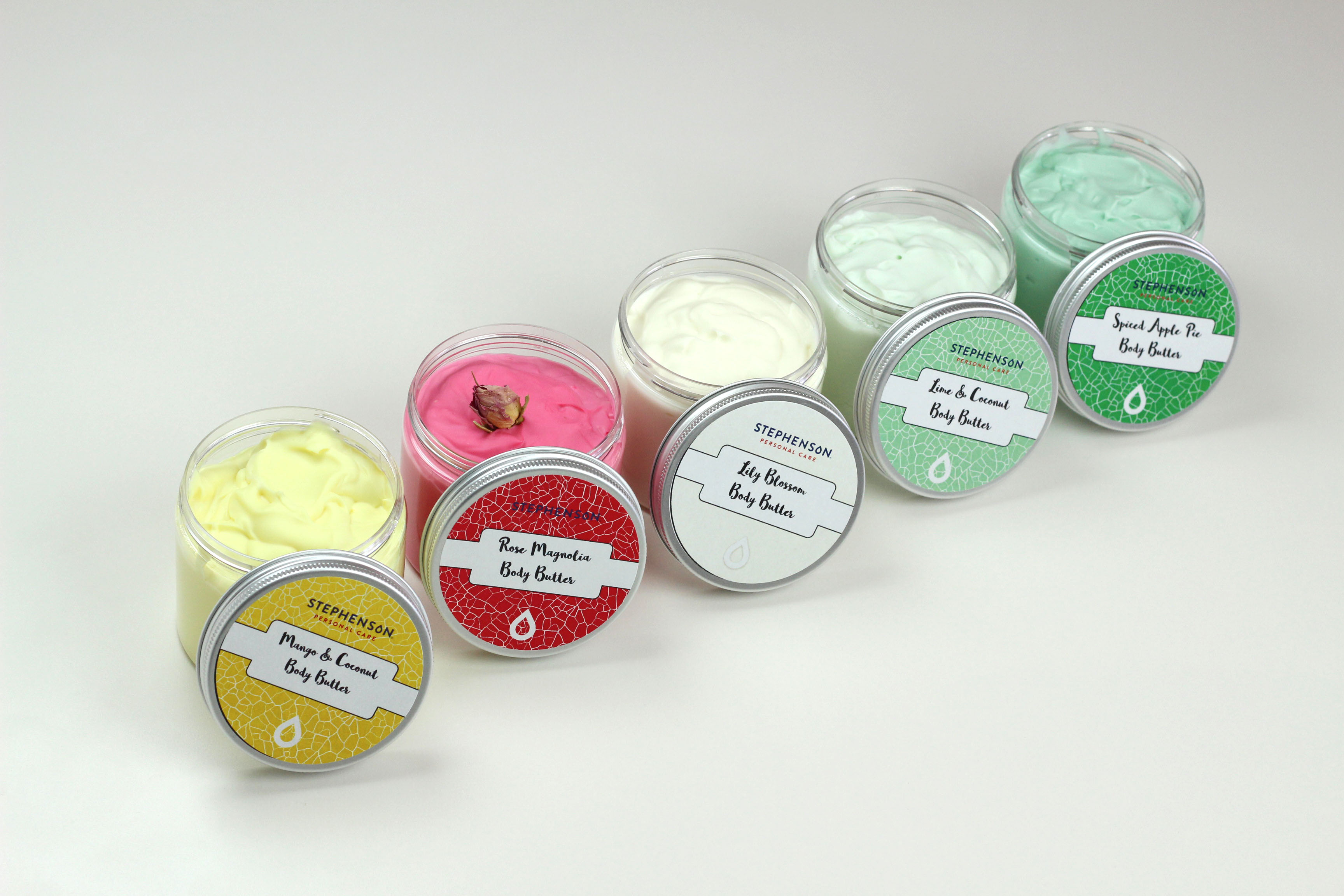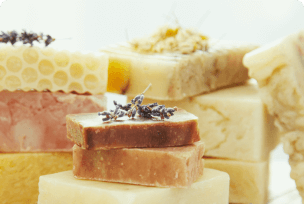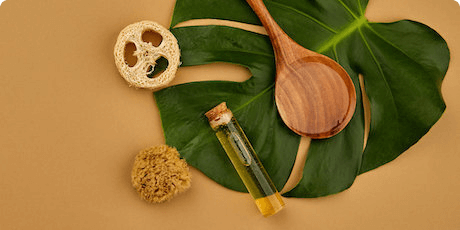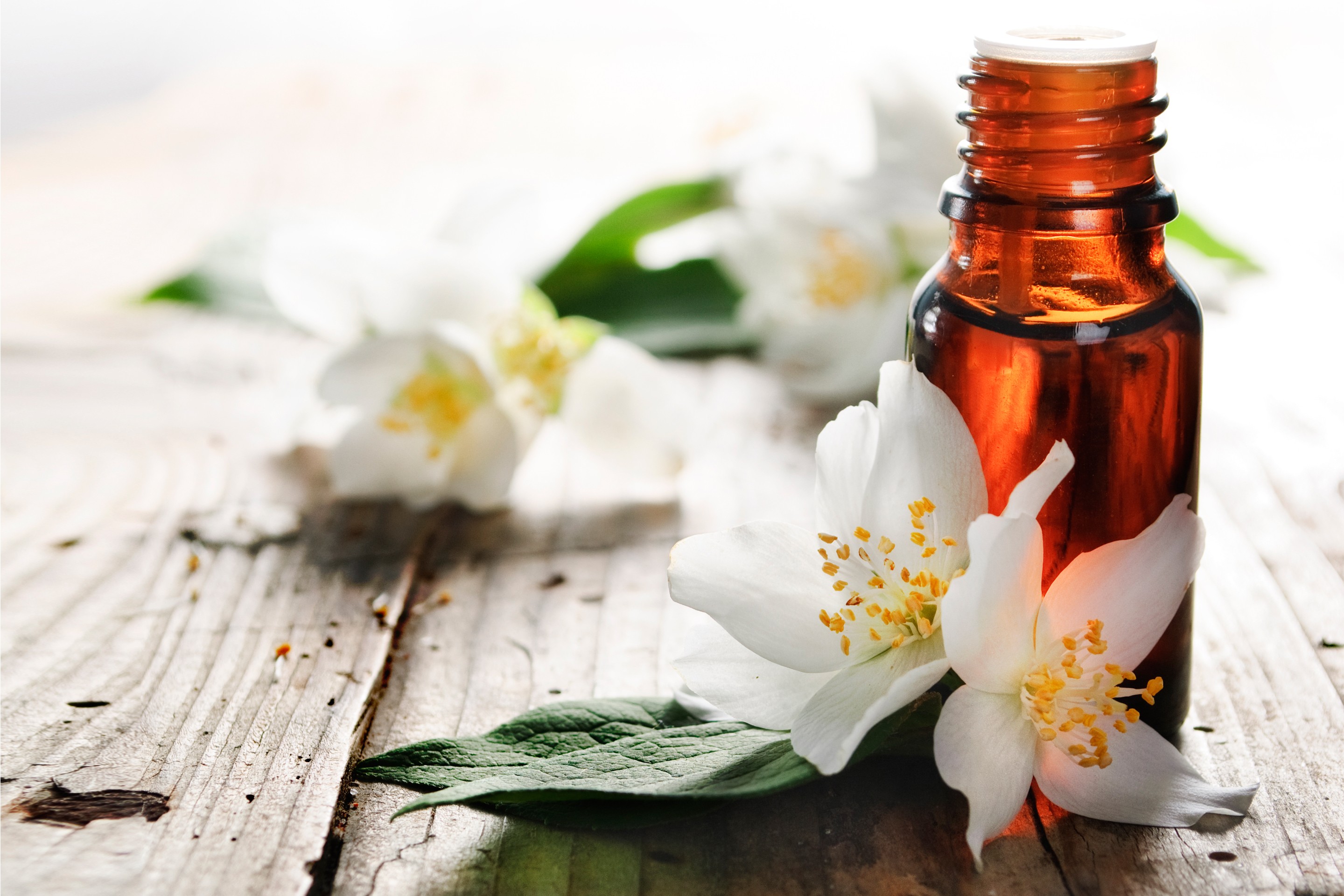
The primary purpose of using fragrance as an ingredient in these products is to mask unpleasant aromas or odours from other active chemical ingredients. However, cosmetic companies also use fragrance to position their brands in certain ways, distinguish their products from others on the market and appeal to consumers.
What is Fragrance
It can be difficult defining exactly what makes up fragrance, as there are over 3000 ingredients that can be combined in countless ways to create unique scents (International Fragrance Association, 2016). Also, manufacturers around the world are not legally required to list the individual ingredients that make up a fragrance (FDA, 2016).
Synthetic Fragrance
Synthetic fragrances are likely to be listed within the ingredient list generally as fragrance, parfum or perfume (FDA, 2016). The majority of synthetic fragrances are sourced from petroleum and are often chemically created to imitate a natural scent. This is largely because it is much cheaper to produce and easier to replicate.
A Natural Alternative
Consumers are driving demand for more natural fragrances to be used in cosmetics. Natural fragrances are not created from man-made chemicals, but are usually derived from plants. A fragrance is counted as natural according to the International Organization for Standardization’s ISO 9235:2013, if the substance is an essential oil, distillate or extract, among others listed here. However, naturally occurring fragrances do not last as long, are often harder to purchase and can sometimes be more unsustainable compared to its synthetically created counterpart.
Consumers wanting to avoid man-made fragrances also have a fragrance-free or unscented option. However, only 1% of products in the shower and bath category were marketed as fragrance-free, indicating consumers are more interested in a wide array of fragranced cosmetic products.
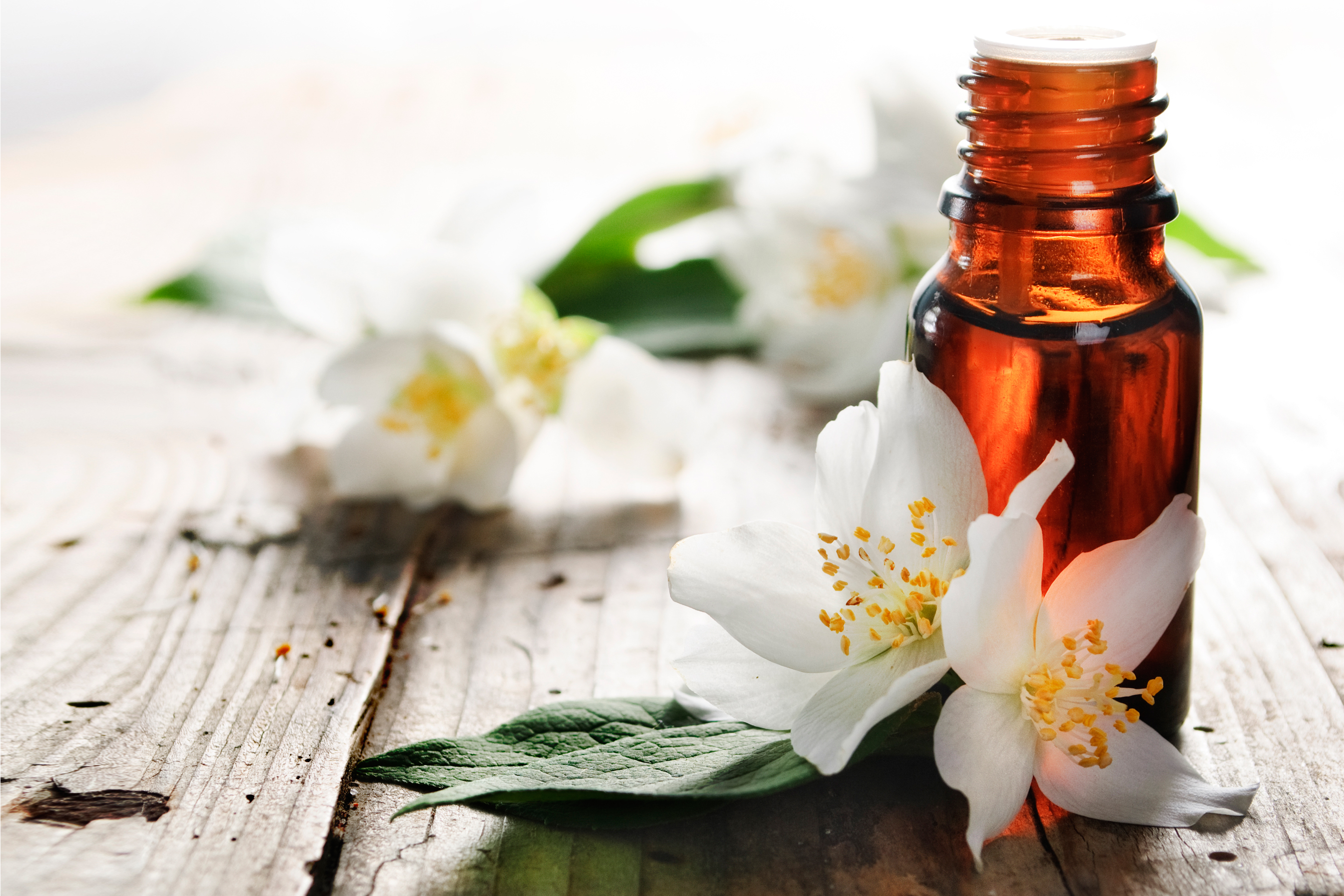 Image Credit: Lily’s Weeds
Image Credit: Lily’s Weeds
Global Fragrance Trends
According to The World Flavors & Fragrances report (Freedonia, 2016) the demand for fragrances relating to essential oils is set to rise by nearly 5% in 2017. Over 40% of UK consumers, and nearly 70% of USA consumers, were interested in purchasing products using naturally existing fragrances, whereas only 2% of perfume launches in 2016 reflected this (Mintel, 2016). In the USA 13% of consumers are concerned about allergens and the safety of ingredients used within fragrances.
This shift in consumer behaviour is demonstrated by the scents and fragrances influencing the marketplace. The most popular fragrances in the skincare and soap, bath and shower categories were floral, fruit and lavender (Mintel, 2016). The majority of product launches are using fragrances inspired by nature, which suggests a potential move towards using essential oils and fragrances from actual natural sources in the future. Demand for aromatherapeutic scents are rising, with new product development in this category growing by 2% in the last 12 months. As well as this, 67% of Europeans agree that scent is the most important factor influencing a consumer when purchasing a liquid soap product. In the USA, 47% of consumers choose a shampoo or conditioner based on the fragrance alone.
There is also a growing trend outlined by Mintel (2016) of ‘Gastronomia’. This refers to a blur between food and cosmetics – the idea that cosmetics should be safe to consume as food is. This has led to an increase in people creating their own beauty products, as well as an increased demand for cosmetics using organic, pure and natural ingredients only. Popular product ingredients used in products with a ‘natural’ claim include avocado oil, baobab oil, aloe vera, acai berries and almond oil. This is expected to continue and increase as consumers are more interested in leading greener and healthier lifestyles.
The future of fragrance within the Personal Care sector is set to develop and grow through natural scents, therapeutic claims and new fragrance technology. An introduction of ‘Touch to Activate’ fragrances to the market has inspired several product developments with similar claims - although this still remains a new and niche technology. Similarly, Personal Care products have started to be marketed with fragrance that changes throughout the day, to suit the users mood. This type of technology shows that the fragrance market within Personal Care is advancing and driving new product developments.
"Fragrance is a key NPD driver in the Bar & Liquid Soap market, adding differentiation and appealing to consumer interest."
- Mintel, 2016

Our Recipes
We have spent the last few months creating a range of fantastic Body Butter recipes our that you can easily replicate yourself. Using our Body Butter Base you can create a whole range of exciting skincare products. We have thought about the fragrance and colours of these body butters to create products with different properties. Following the Gastronomia trend, our recipes are inspired by nature and food! Here are a few of our favourites.
'Butters' Range
Inspired by more tropical climates than we find in England, our ‘Mango and Coconut Body Butter’ recipe is made using real Mango Butter, Coconut Oil and Coconut Fragrance. This fresh and fruity body butter is also extremely nourishing and moisturising, with Mango Butter being a high source of Vitamins A and C.
'Floral' Range
The ‘Lily Blossom Body Butter’ is a simple, floral body butter made using Evening Primrose Oil and Lily Blossom Fragrance. Evening Primrose Oil is known to be a source of Omega-6 which is thought to be good for skin elasticity.
'Fruit' Range
Created with a blend of Eucalyptus, Cucumber and Coconut Oils, this Body Butter is perfect for the feet. The Eucalyptus Essential Oil possesses natural antiseptic properties, whilst also giving a natural fragrance to the butter.
Stephenson and Fragrance
We are proud that we do not fragrance any of our base products, giving you the control over what fragrance and additives you want to put in. All essential oils work well with our melt and pour soap bases, as well as our shampoos, liquid soaps and cream bases. You can also add dried botanicals as well if you like!
Explore our range of our melt and pour, liquid and cosmetic bases on the products, accessible from the navigation bar on the website!
